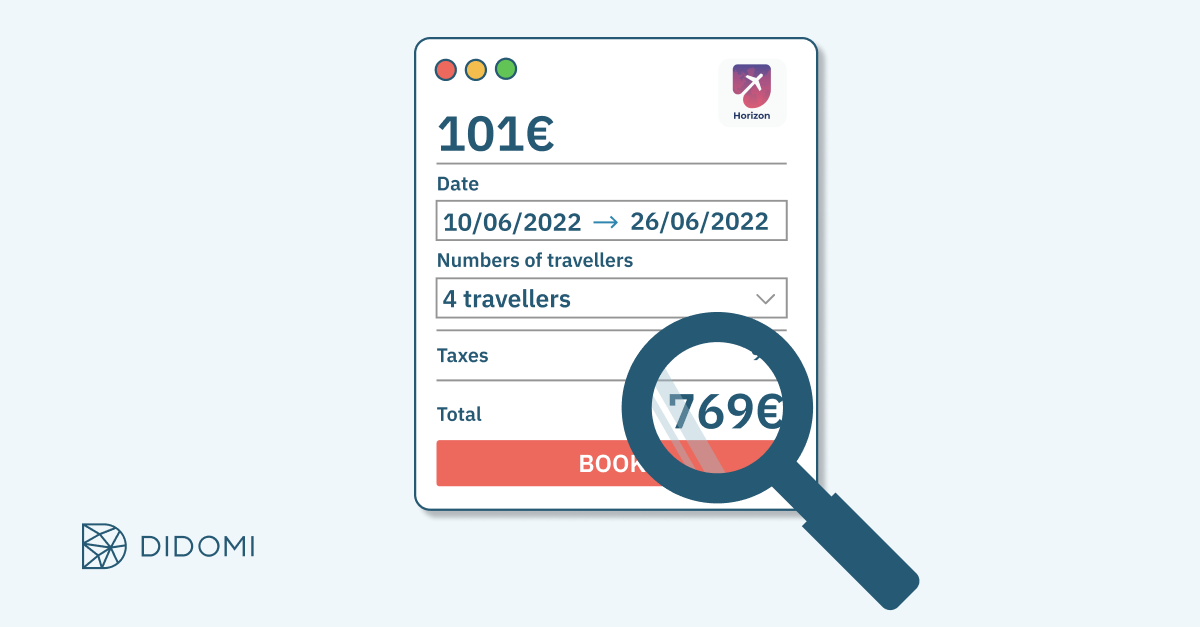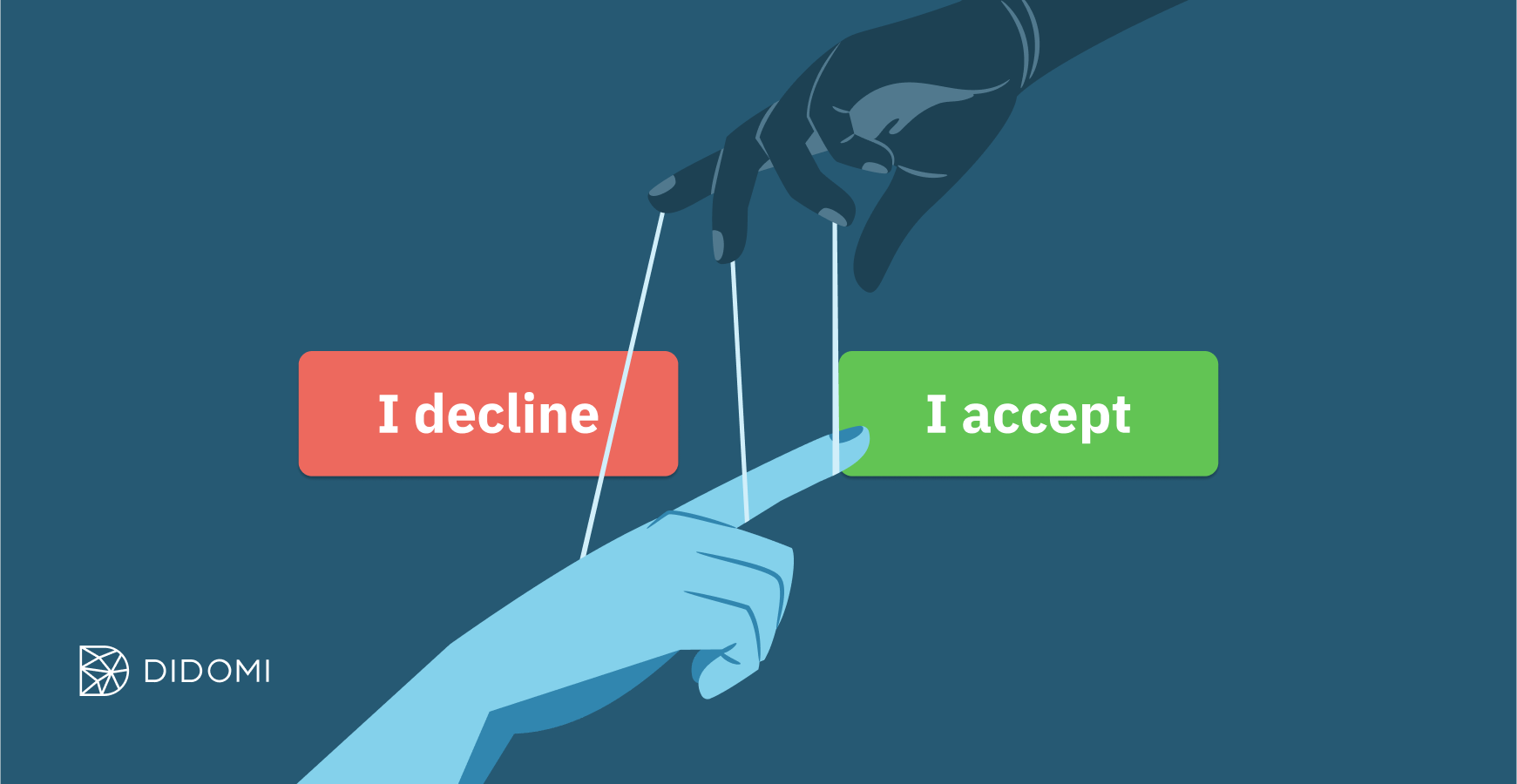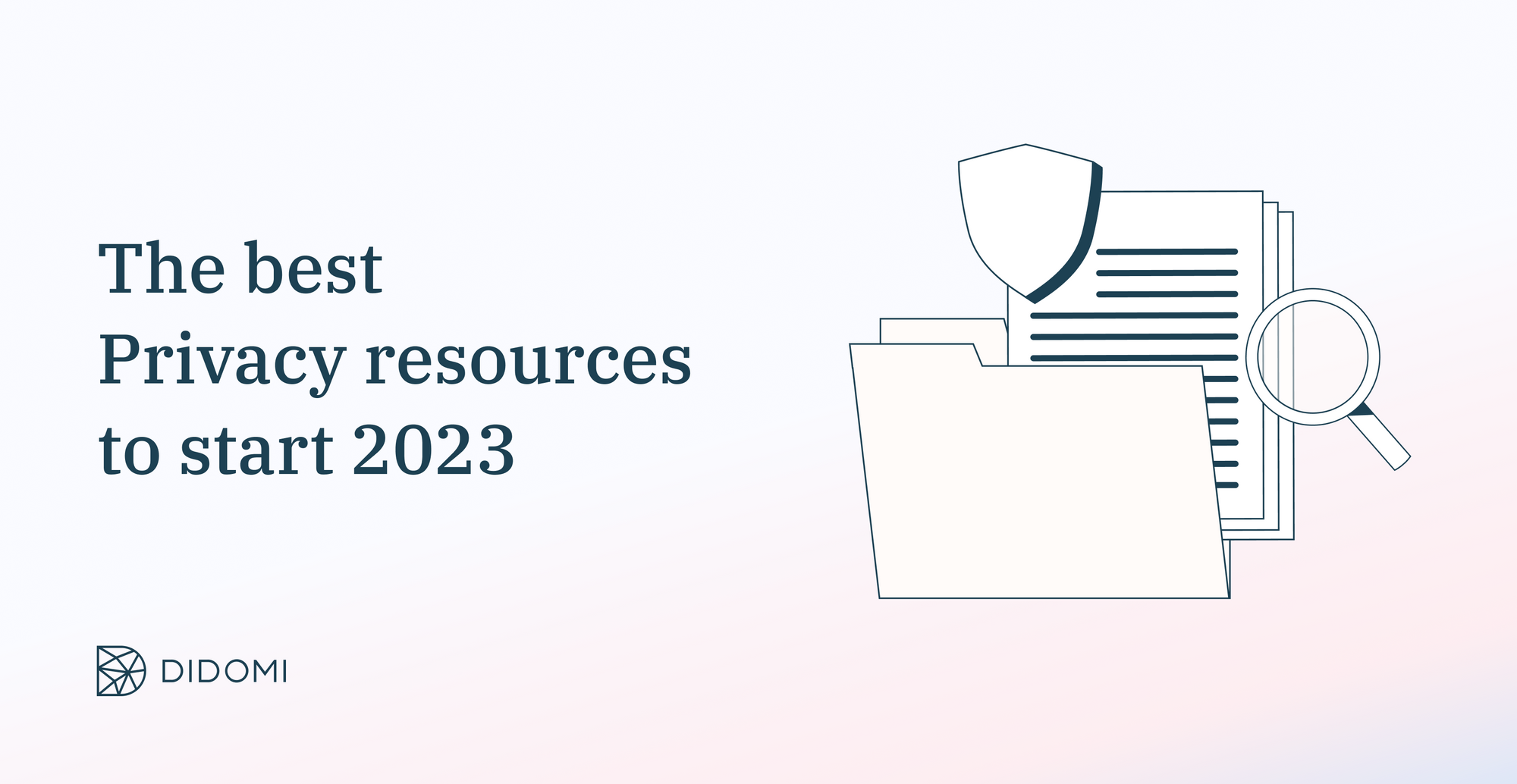Dark patterns are a type of deceiving design element which tricks users by deliberately obscuring, misleading, and deceiving them. Because of dark patterns, internet users may make unintended and potentially harmful decisions online.
The term “dark patterns’ was first created by UX design specialist Harry Brignull to explain the ways in which software can manipulate users on the web. They come in many forms, including:
-
Emotional manipulation
-
Deceptively labeled buttons
-
Designs on e-commerce websites
-
Graphical elements that distract the users' attention
In this article, we will go over the different types of dark patterns you can find online, their effects on consumers and companies, and the stance of consumer protection laws on these practices.
Summary :
Types of online dark patterns
It’s crucial for internet users to educate themselves about the different dark patterns they may find online. The following are some examples you might run into:
1. Friend spam
This type of dark pattern occurs when a social media platform or other online service asks users for their email address in exchange for accessing another service. In reality, the friend spam accesses all of the user’s contacts to send them messages. The customer’s decision-making, therefore, is directly manipulated.
2. Forced continuity
A user signs up for a free trial of a service. To receive the service, they are asked to enter their bank or credit card details. The service will automatically start charging the user if they don’t cancel their “free” online subscription. Platforms such as Netflix, Hulu, and Amazon Prime use this strategy for their free trials.
This dark pattern once again manipulates the customer’s decision-making; it makes people spend money if they don’t clearly say they don’t want to continue the service past the free trial.
3. Disguised ads
Disguised ads on a website or app look like the content on the rest of the site, making users more likely to click on them. The user may read some (or all) of the ad content before realizing that they are actually on an ad and that the information provided is designed to promote a product or a service.
4. Confirm shaming
Confirm shaming is one of the most common types of dark patterns. The aim is to get users to opt into doing something, for example sharing their email address or signing up for a newsletter, in such a way that the alternative choice sounds very undesirable.
This is essentially emotional manipulation at its best, making users feel ashamed if they do not accept the offer. For example, the choice to decline the offer could read “No, I hate fun”, or ‘No, I do not like saving money”.
5. Bait and switch
A bait and switch occurs when website visitors take action online expecting one outcome, but receive another. For example, this type of dark pattern can advertize a greatly reduced or free product that is in fact unavailable or stocked in very low quantities.
Microsoft Windows once asked users whether they would like to update their software using a pop-up box. Users clicked on ‘X’ thinking it would stop or ignore the update; however, this click actually jump-started the download process instead of cancelling it.
6. Hidden costs

Hidden costs may appear at the end of the e-commerce checkout process, with additional costs added to your order. Service fees and delivery charges are revealed at the very last step before the purchase is completed.
7. Roach motel
A roach motel design creates an easy path to get in but a difficult one to get out of. For example, it could be in the form of a subscription to a newsletter or service.
Some gyms and sports classes service have been known for their difficult unsubscribing process. Whether you have to start a live chat or jump on the phone during certain hours, these services have gained a reputation for being difficult to leave.
8. Privacy zuckering
In the early days of Facebook, the company was known for allowing its users to share more personal information than they intended. Hence the name “Zuckering”, a dark pattern named after Facebook founder Mark Zuckerberg.
Due to this initial backlash, privacy Zuckering is mostly done by data brokering - when web users agree to terms and conditions that allow the company to sell the data they obtain, albeit in a much less obvious way.
9. Misdirection
This type of dark pattern uses deceptive design practices to attract the user’s attention on one particular element so that they will overlook something else.
A well-known example are airline's online purchasing flow when booking a flight. Some companies hide the opt-out option for travel insurance inside a drop-down list of destinations from which to choose insurance coverage. Since there is no specific, “Do Not Insure Me” option, they force many users to pay for coverage they do not want or need.
10. Price comparison prevention
Price comparison prevention happens when the retailer makes it difficult for website visitors to compare the price of an item with another item, so an intelligent and informed decision cannot be made.
11. Trick questions
This dark pattern occurs when website visitors are asked a question which at first glance appears to ask one thing, but asks another thing entirely upon careful consideration.
A common example of this would be a website's terms and conditions. When users click ‘agree’, they can more often than not be automatically opted in for a service that purely benefits the business.
12. Sneak into basket
An extra item is slipped into the customer’s basket upon checkout. This is done by including a checkbox that users must uncheck in order to avoid the additional charge.
This can be seen when companies include add-on services like privacy protection or trip protection in a user’s basket, which then has to be specifically opted out of.
What are the effects of dark patterns?
Dark patterns can leave devastating effects on both website visitors and the company or organization providing the service. Not only can they make users extremely frustrated, having a deep impact on their experience, but they can also deeply damage their trust in a business.
Using deceptive user interfaces and design elements can be profitable in the short term for unethical business but will ultimately damage both their brand and relationship with customers.
Consumer protection laws and dark patterns
Consumer protection regulations are increasingly focusing on the impact of dark patterns in design and user choice.
Bait and switch are now seen as a fraud in the USA. In 2019, US senators introduced the Deceptive Experiences to Online Users Reduction (DETOUR) Act. This legislation makes it illegal for companies with more than 100 million monthly users to use dark patterns when asking for consent to use site visitors' personal information.
In the UK, the Information Commissioner’s Office revealed a proposed design code for social networking services when used by minors that would prohibit dark patterns to attract users into options with low privacy settings. In January 2022, the European Commission passed final amendments to the DSA (Digital Services Act), which constitutes significant improvements to internet legislation.
Their main goal is to create a safer digital space in which the fundamental rights of all users are protected.
Time will tell how these regulatory efforts will influence the use of dark patterns online. We strongly believe that building a digital world based on trust comes with communicating transparently with consumers, leaving behind deceptive practices such as dark patterns.
To learn more about how Didomi can help create value for your business with trust, book some time with one of our experts:








